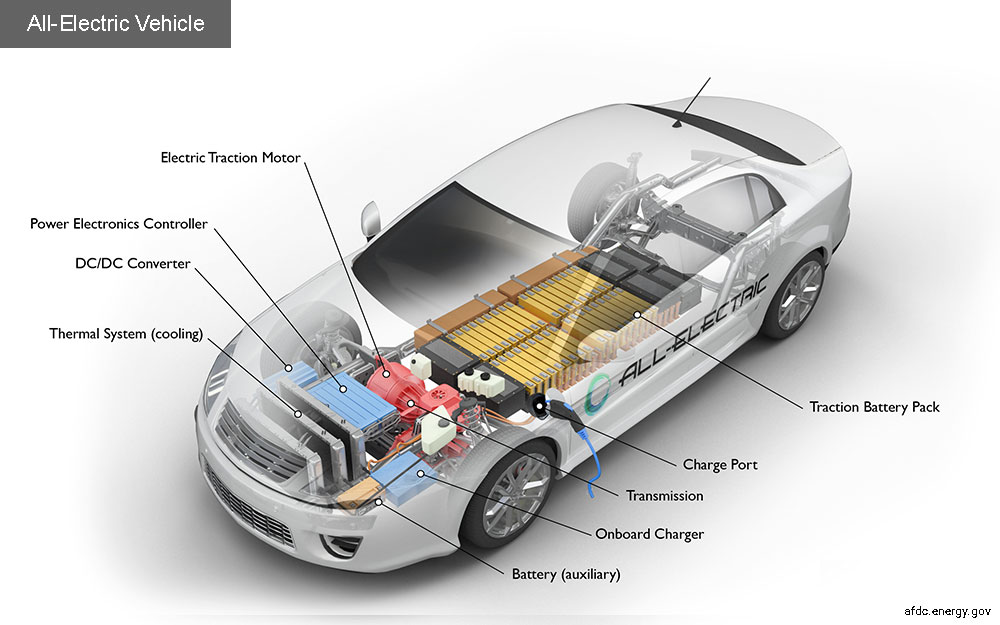Shop At Haya: Your Ultimate Shopping Guide
Discover the best shopping tips, trends, and deals for a smarter buying experience.
Shockingly Green: Why Electric Cars Are Rewiring Our Future
Discover how electric cars are driving a green revolution and reshaping our future in ways you never imagined!
The Environmental Impact of Electric Cars: A Deep Dive
The environmental impact of electric cars has gained significant attention in recent years as more consumers and manufacturers shift towards sustainable transportation alternatives. Electric vehicles (EVs) produce zero tailpipe emissions, which plays a crucial role in improving urban air quality and reducing greenhouse gases. However, it is essential to recognize that the full environmental benefits of electric cars depend on various factors, including the source of electricity used for charging. If the electricity originates from renewable sources, such as solar or wind, the overall carbon footprint is significantly lower compared to power generated from fossil fuels.
Another critical aspect to consider is the lifecycle emissions associated with electric vehicles, which includes manufacturing, operation, and disposal phases. The production of EV batteries tends to be energy-intensive and can lead to substantial carbon emissions. However, studies indicate that, despite these initial emissions, EVs generally result in lower overall emissions over their lifespan, especially as energy grids become greener. Moreover, advancements in battery technology and recycling processes are continuously reducing the environmental impact of electric cars. As we move towards a more sustainable future, fostering innovation and transitioning to cleaner energy sources will be vital for maximizing the environmental benefits of electric vehicles.

How Electric Vehicles Are Changing Our Energy Infrastructure
The advent of electric vehicles (EVs) is significantly transforming our energy infrastructure, leading to a more sustainable and efficient system. As EV adoption escalates, the demand for charging stations has increased, prompting utilities to invest in new technologies and infrastructure. This shift not only supports the growing number of electric vehicles on the road but also encourages the use of renewable energy sources. By integrating smart grid technology, which optimizes the distribution and consumption of electricity, energy companies can effectively manage this increased demand and facilitate a smoother transition to a low-carbon future.
Moreover, electric vehicles are becoming pivotal in the development of vehicle-to-grid (V2G) technology. This innovation allows EVs to act as energy storage units, feeding electricity back into the grid when demand peaks. As a result, households with electric vehicles can contribute to grid stability while potentially earning financial incentives. This dual functionality not only maximizes the utility of electric vehicles but also helps in balancing supply and demand on the grid, paving the way for a more resilient and adaptable energy infrastructure.
Are Electric Cars Really the Future of Sustainable Transportation?
The debate surrounding whether electric cars are indeed the future of sustainable transportation is gaining momentum as technology continues to advance. With a growing awareness of climate change and the detrimental impact of fossil fuels, many consumers are turning to electric vehicles (EVs) as a viable alternative. Electric cars produce zero tailpipe emissions, which significantly reduces air pollution in urban areas. Moreover, as more renewable energy sources, such as solar and wind, are integrated into the grid, the carbon footprint associated with charging these vehicles decreases, further enhancing their sustainability.
However, the transition to electric cars is not without its challenges. The production of batteries, particularly lithium-ion, involves the extraction of minerals like lithium, cobalt, and nickel, raising concerns about environmental degradation and human rights issues. Additionally, the development of charging infrastructure needs significant investment to ensure it can meet the growing demand for EVs. Despite these hurdles, many experts believe that innovations in battery technology and recycling methods, along with supportive government policies, will catalyze the widespread adoption of electric vehicles, making them an integral component of the sustainable transportation landscape.